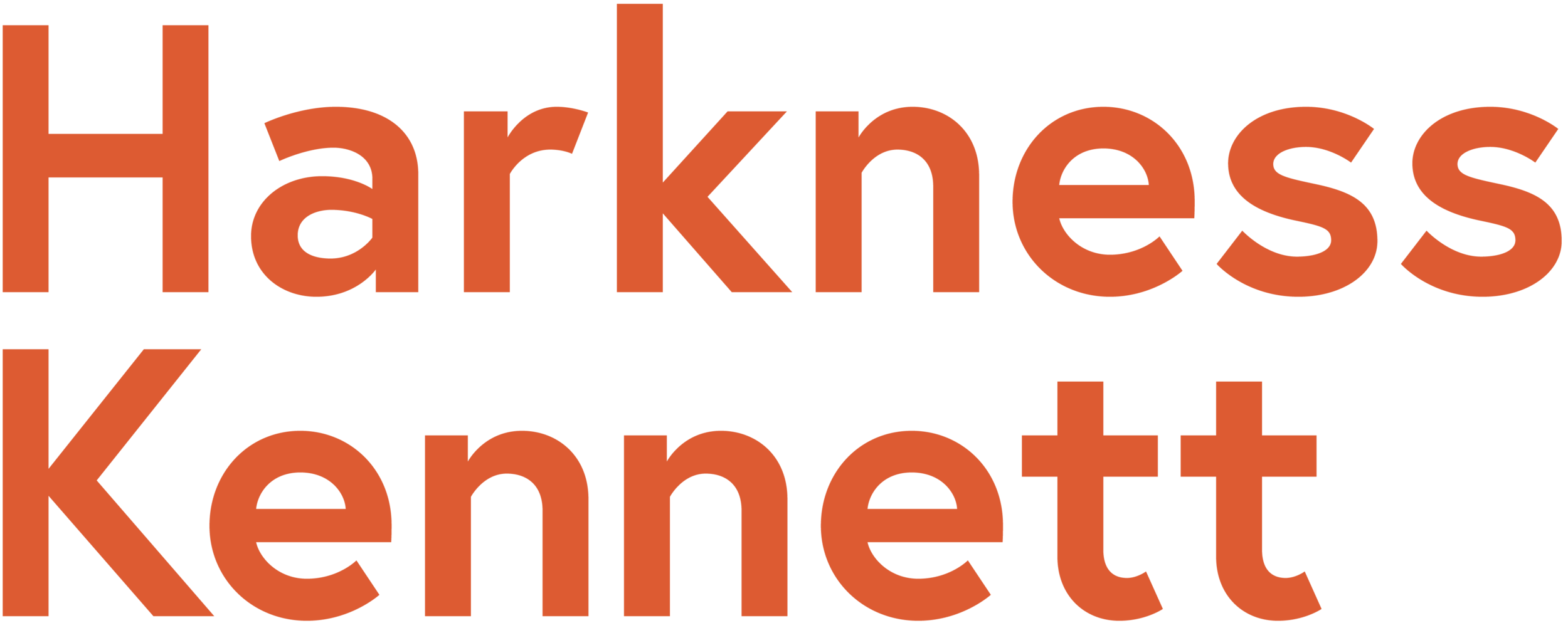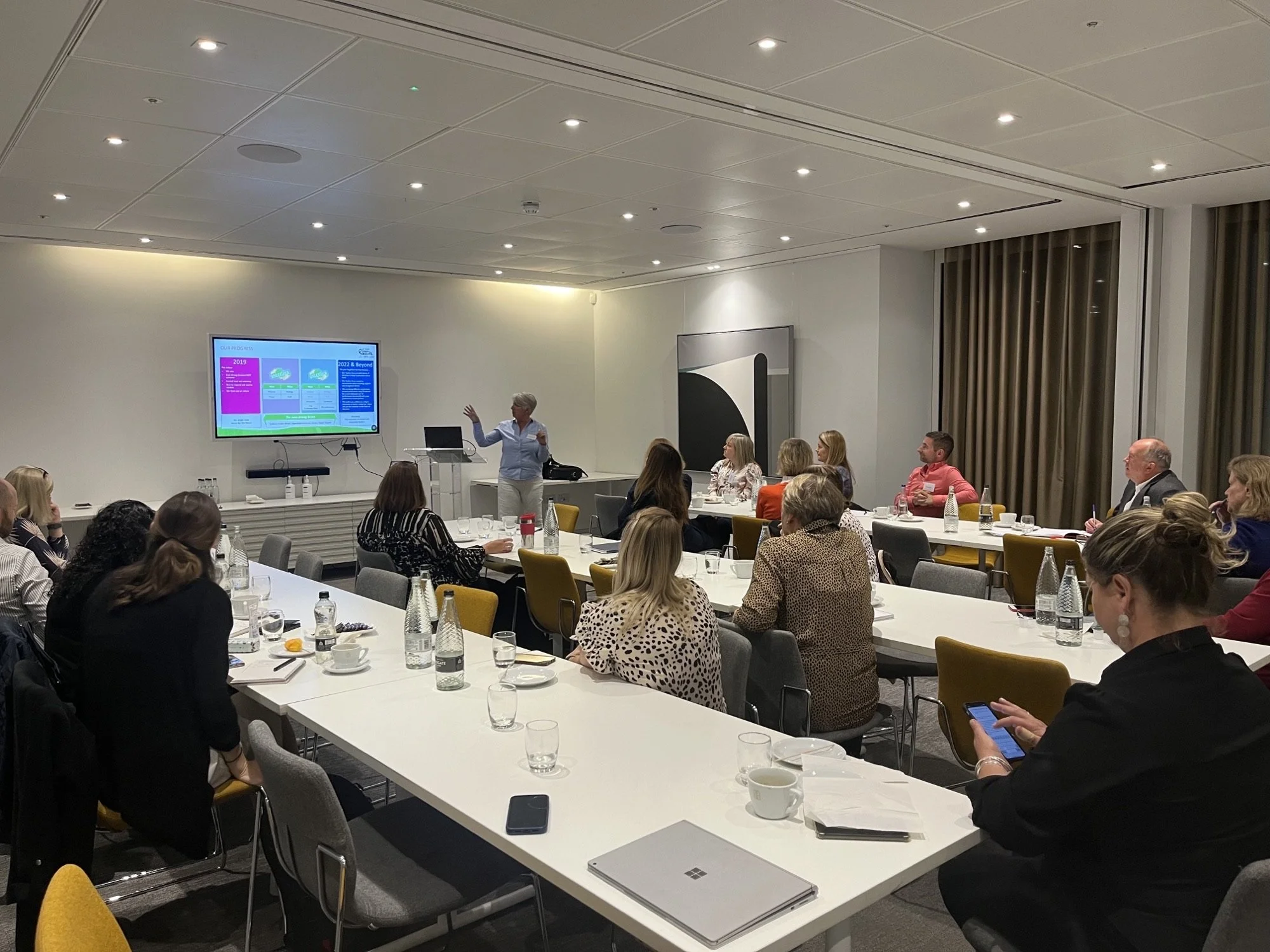Reimagining the future workplace
Hybrid working, remote or back to the office? Guidance for communicators
Back at the start of 2020 flexible working was still a contentious debate and the word hybrid meant a new bike or car. Roll on 15 months and we all know it to mean something quite different and life changing. While we continue to find our way out of this pandemic, organisations are now grappling with evolving workplace models to support their people and performance longer term.
On Wednesday we held a virtual workshop on this topic, led by Anne McCormack, former SVP for Internal Communications and Engagement at CPA Global, and David Gallagher, IC Consultant. Anne and David were responsible for executing on the decision by CPA Global and then Clarivate (who acquired CPA in October 2020) to transition to a fully remote workplace. With a combined global workforce of 8,000, the challenges of transforming the workplace and culture within a merging organisation were considerable.
Anne began by explaining why reimagining the workplace is such a hot topic. A recent McKinsey survey found that the dominant post pandemic workplace model is hybrid, but that within that there’s multiple ‘flavours’ as every organisation is different. The survey also found that most organisations at best have a high level plan, but that around one third lack top table alignment around a clear vision. So it’s not surprising that many employees are feeling anxious and unclear about how they will be working in future.
Anne joined CPA in February 2020, six weeks before the Covid-19 switch to remote working. Just three months later the CEO of CPA announced that they would become a fully remote digital first organisation. The decision was deliberately bold. It was about accelerating a digital transformation already underway, taking ownership of new opportunities and signalling to colleagues and customers that there’s no going back.
Anne and David were part of the team responsible for creating and implementing the fully remote model. Their role was to influence and shape decisions, looking through the employee lens and enabling co-creation of the model. They were aware that they didn’t have answers to all the questions colleagues might have but the intent and destination was clear from the start.
David picked up the story, saying that encouraging people to imagine a fully remote workplace future was a challenge. The team started with a clearly articulated ‘North Star’ vision and set of principles for engagement which leaders signed up to and shared across the business, demonstrating an inclusive and fully transparent approach. The teams’ principles included clear ownership, being as digital as possible, being open and transparent, sharing learnings and making information easy to access and fully remote. Importantly, being digital was more than about using digital channels, it was about humanising digital as much as possible to support a culture change in the business.
Spaces were created in Teams or on intranet sites so that people could share concerns or ask questions, and audiences segmented so that engagement stayed true to people’s needs. David admitted that some of the comms channels weren’t as established as they would have liked but this was used as an opportunity to signpost what was wanted in future.
A comprehensive programme of what David described as ‘deep listening’ was launched, a total of 41 days of leader led listening in four weeks to assess the emotional and practical readiness of colleagues. Whether concerns were wellbeing or having a desk and chair at home, views were shared and captured. Sentiment was tracked and reported in a dashboard, enabling a fast response to insights and adaptation of approaches through the principles of co-creation. All was going well, the team was on track and about to announce their next phase of activity, then in September a big curved ball hit.
Anne explained that on 1st October 2020 CPA was acquired by Clarivate. The new parent company’s CEO had previously blogged about the workplace model, but one of the first announcements was that the CPA fully remote model would be adopted throughout the newly merged business. This was a huge shift, adding thousands of colleagues and a new comms landscape. Now working across 40 countries, the team was facing a pivotal moment. Their immediate task was now integration, which meant dealing with employees’ fundamental needs and questions around how they would be supported to carry out their roles and how they would come together to use office space moving forward.
This meant adapting their approach again, in phase one agreeing new principles similar to those used within CPA and gathering more data to support further learnings. Phase two was about providing the essentials and transitioning into new ways of working against a compelling picture of the new workplace.
The team built on the ‘Big Conversation’ that they’d started, running an interactive jam on the Remesh AI platform and including fortnightly townhalls. Potential barriers were surfaced and employees given an opportunity to effectively author the new employee experience. Months into lockdown this was an important opportunity to connect and raise questions that are important to us all; how often will I go into the office? When will I get a desk?
A workplace usage framework was developed to help address these questions, and support put in place including a playbook setting out tangible examples of what would be different, guidance on virtual meetings, leader blogs and videos. A campaign with the theme ‘Don’t rewind, rewire’ was run with lots of varied content to reach different audiences. This was all pre-launched to leaders who attended workshops to take them on the journey, prepare them for their engagement role and ensure consistency of approach across teams. A suite of personas was developed for each role, split into high, medium and low users of the physical workplace and setting out how people in different roles might come together. This helped not just to build understanding of the future model but to design how much space actually was needed going forward.
David concluded by reminding us of the role of communicators, that it’s not our job to answer questions around the impact of change but it is our job to shine a light on them. Anne added that helping people to stop what they were doing and to re-examine through a digital first lens meant really getting deep into the business, that not doing that would just be superficial.
Anne finished with six tips for communicators:
C-suite alignment and visible leadership is essential. Gaining and maintaining the buy-in of your leaders is what enables sustainable change. Keep checking for any signs that leaders are going off track before colleagues pick up on words or actions that indicate they’re not fully aligned which could undermine your great work
Involve, listen to (and hear) your people. Create different opportunities and channels for your people to share how they’re feeling, their opinions, concerns and ideas. You can’t always do what they want but involving them shows you genuinely care and are open to hearing their points of view
Paint a compelling picture of the future (ideally co-authored by your people). Help people visualise and buy in to this new way of working, particularly difficult when what people are experiencing today isn’t how remote working will be post lockdown. Think of this as painting by numbers, you don’t need to reveal the full picture straight away. Start with the outline then begin to add colour, be as descriptive and visual as possible to help people make an emotional connection with the future workplace
Be thoughtful and intentional about what you will call things. People attach huge meaning to words. This is a complete rewire of your business, a fundamental shift to how every person operates and affects every part of the business, so reflect this in your language
Develop frameworks to drive organisational wide consistency. This is critical for building trust, fairness and transparency. Avoid ‘where possible’ exceptions – it’s a slippery slope and will undermine the integrity of decisions. Instead recognise the different needs of your audience and build these into your framework
Experiment, review constantly and learn fast. If it’s not working, be prepared to adjust or change direction. There’s no playbook for how to do this so accept there will be about turns and mis-steps.
In our open Q&A that followed Anne and David’s case study, delegates posed questions around asynchronous communication, the deep listening exercise, securing manager involvement, cultural implications of the changes and the impact on IC strategy.
Huge thanks to Anne and David for sharing their experience and insight, it was really valuable session for our communicator friends present. If you have any questions or comments on similar experiences, please get in touch!
If you’d like to be kept informed about future events join our mailing list here.
Published by Lisa































